In the field of renewable energy, photovoltaic power generation, with its unique advantages, is gradually becoming an important force driving the global energy transition. However, the efficient operation of photovoltaic power stations cannot do without precise monitoring of the surrounding environment. The photovoltaic environmental monitor, as a capable assistant in this field, provides strong support for the operation and maintenance management of photovoltaic power stations through the integration of innovative sensor technology.
The innovative sensor in the WX-WQX10C photovoltaic environment monitor, based on advanced physical and chemical principles, can monitor the key parameters of the environment where the photovoltaic power station is located in real time. These sensors detect changes in the environment such as light intensity, temperature, humidity, wind speed, wind direction and atmospheric pressure, and convert the perceived information into electrical signals or other recognizable signal forms, thereby achieving precise measurement of environmental parameters. This process not only requires the sensor to have high sensitivity and accuracy, but also needs to be able to maintain stable performance under complex and changeable environmental conditions.
Innovative sensors have demonstrated a series of unique technical features in photovoltaic environmental monitoring instruments. Firstly, these sensors employ advanced materials and technologies, enabling them to maintain high precision and long-term stability even in harsh environments such as high temperatures, high humidity, and strong radiation. Secondly, the sensor is equipped with intelligent functions, capable of automatically calibrating and compensating for the influence of environmental factors on the measurement results, thereby enhancing the accuracy and reliability of the data.
In the operation and maintenance management of photovoltaic power stations, innovative sensors also play an irreplaceable role. Sensors can monitor the operating status of photovoltaic power stations in real time, promptly detect and warn of potential faults and risks. For instance, when the temperature of photovoltaic modules abnormally rises, sensors can promptly issue early warning signals to alert maintenance personnel to carry out inspections and repairs. This not only helps to prevent major accidents from happening, but also reduces operation and maintenance costs and improves the overall economic benefits of photovoltaic power stations. In addition, sensors can also provide data support for the energy efficiency assessment and optimization of photovoltaic power stations, helping operation and maintenance personnel formulate more scientific and reasonable operation and maintenance strategies.
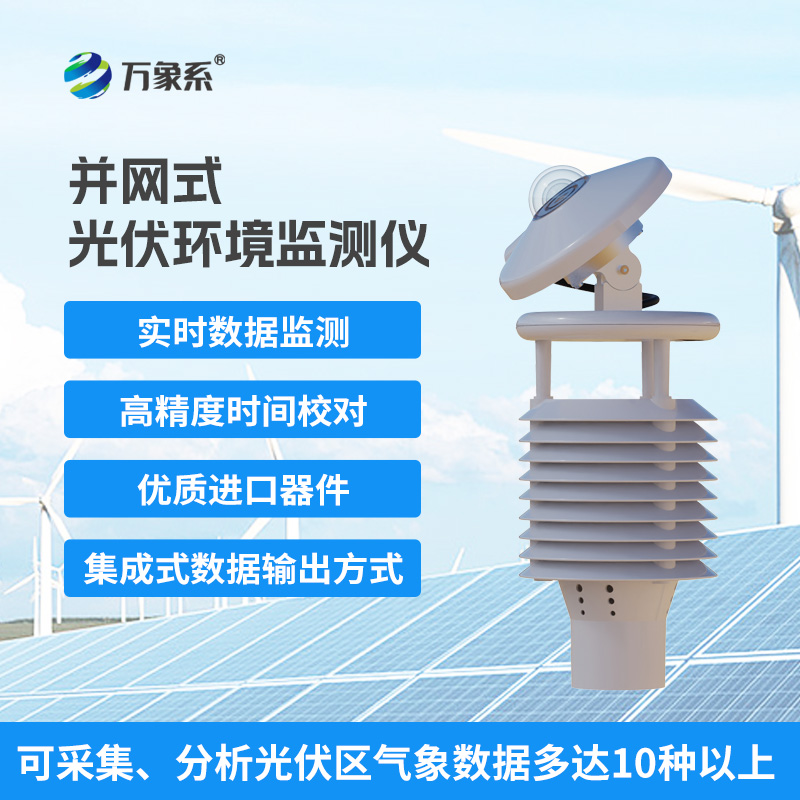
Article address:
http://www.0757gl.com/en/newcen/1522.html

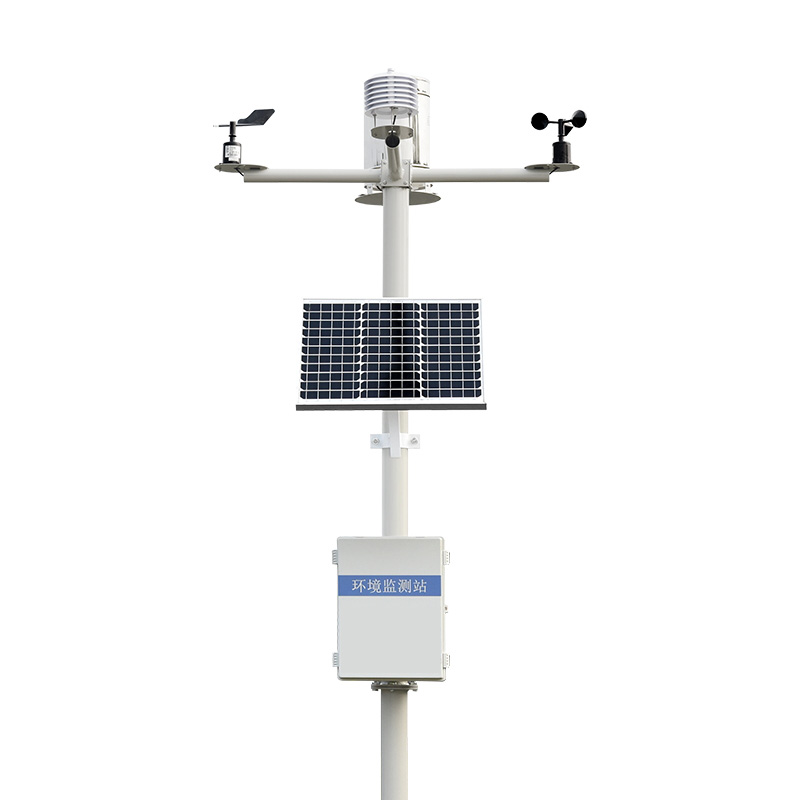
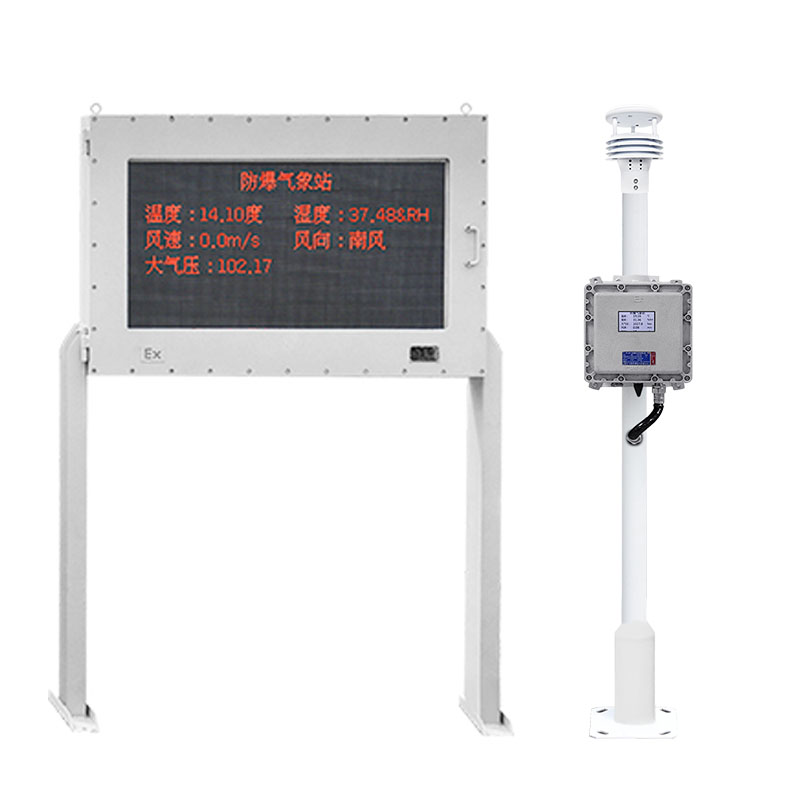
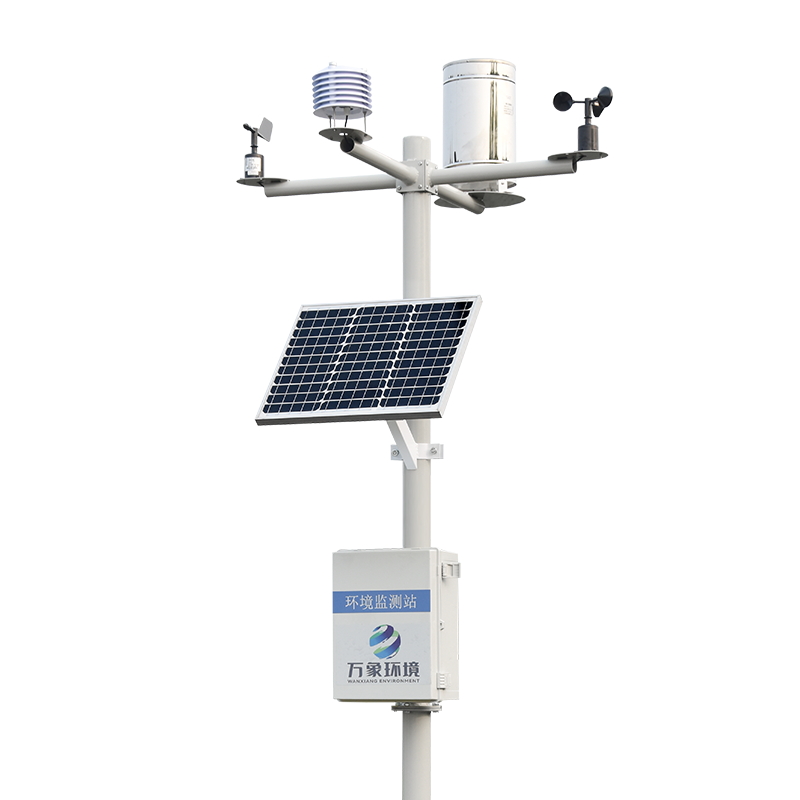
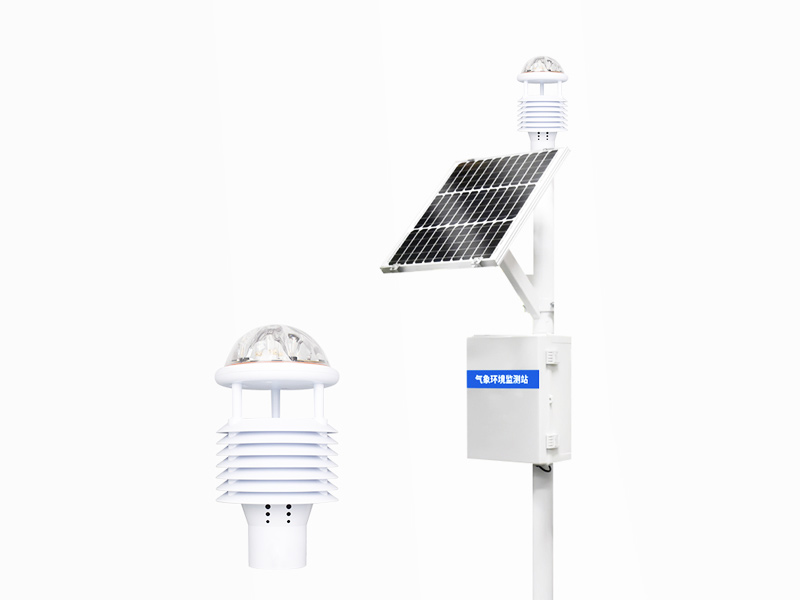
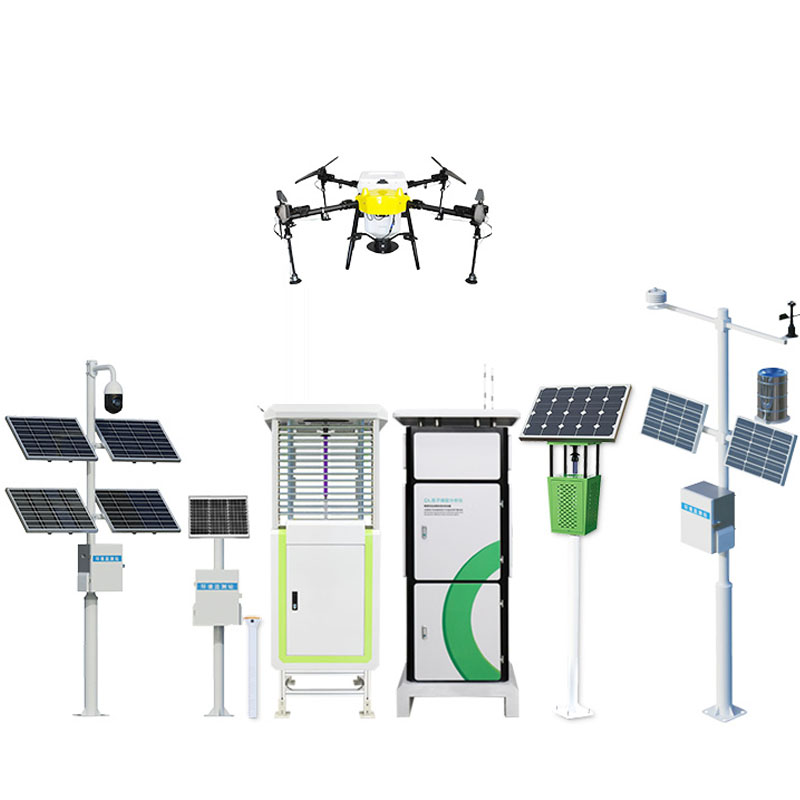

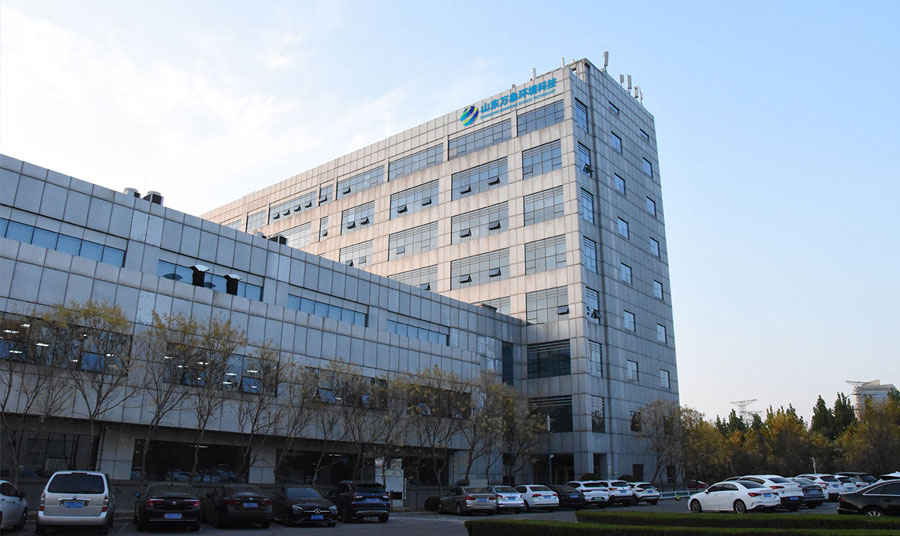
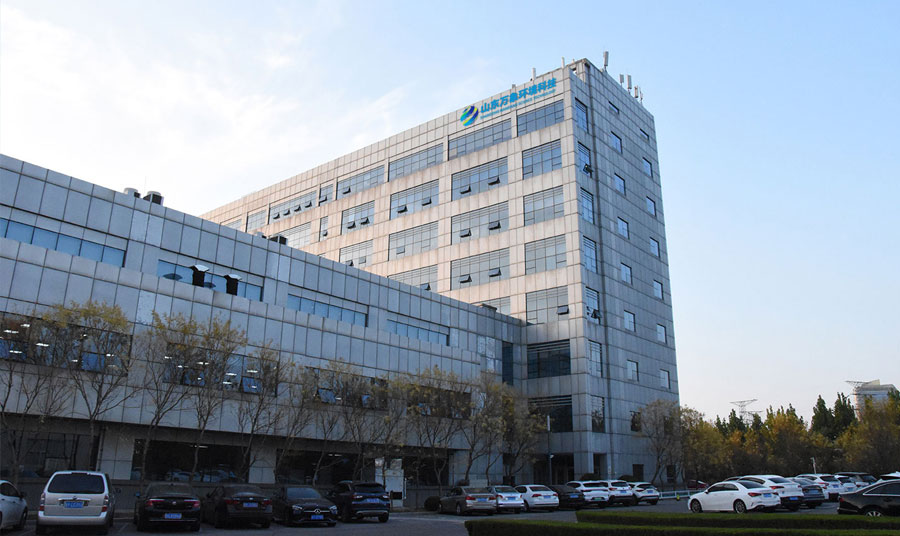




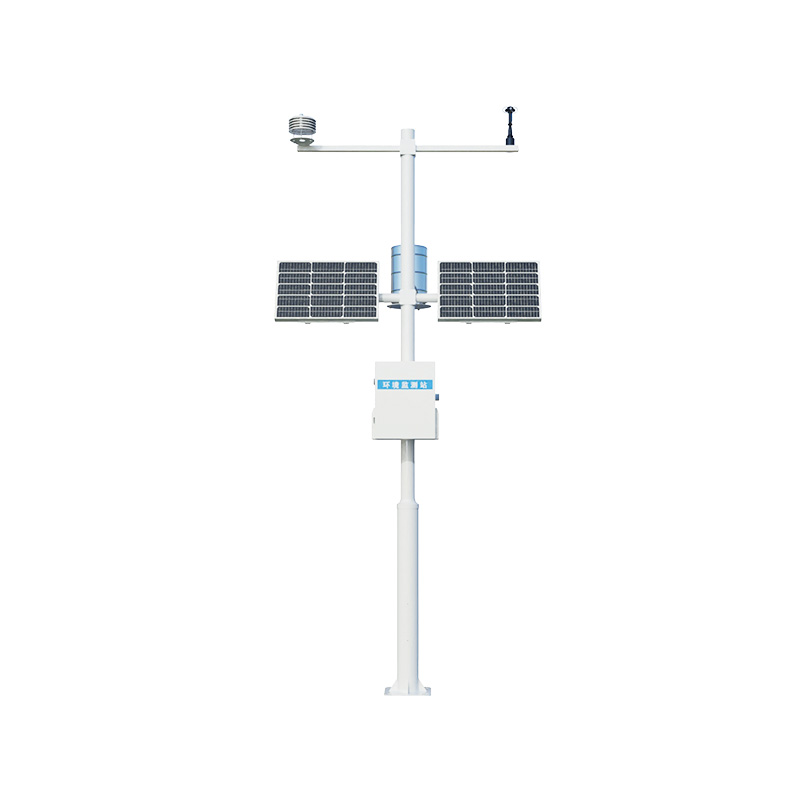
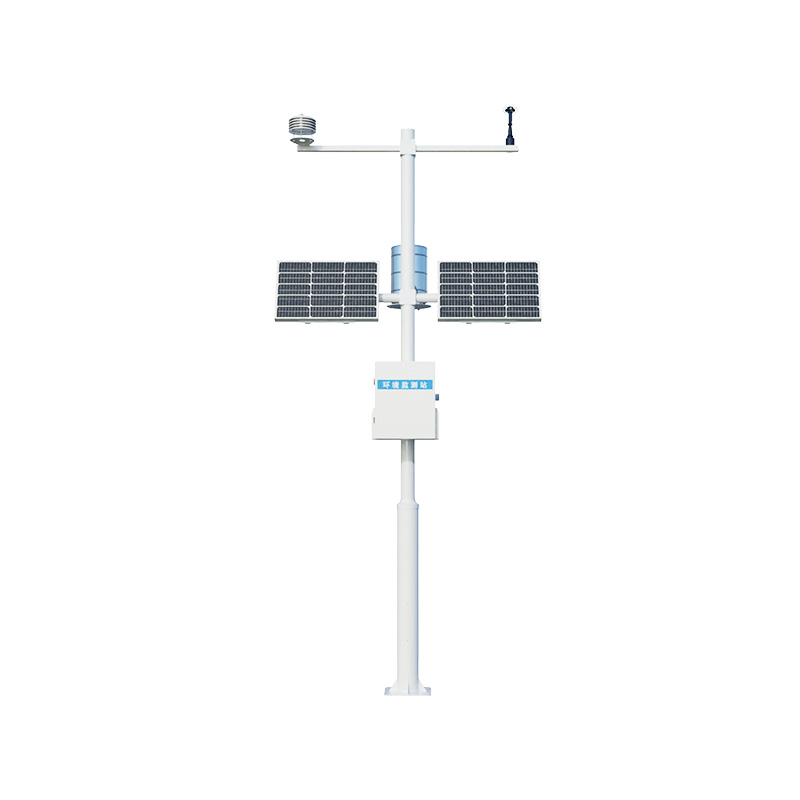
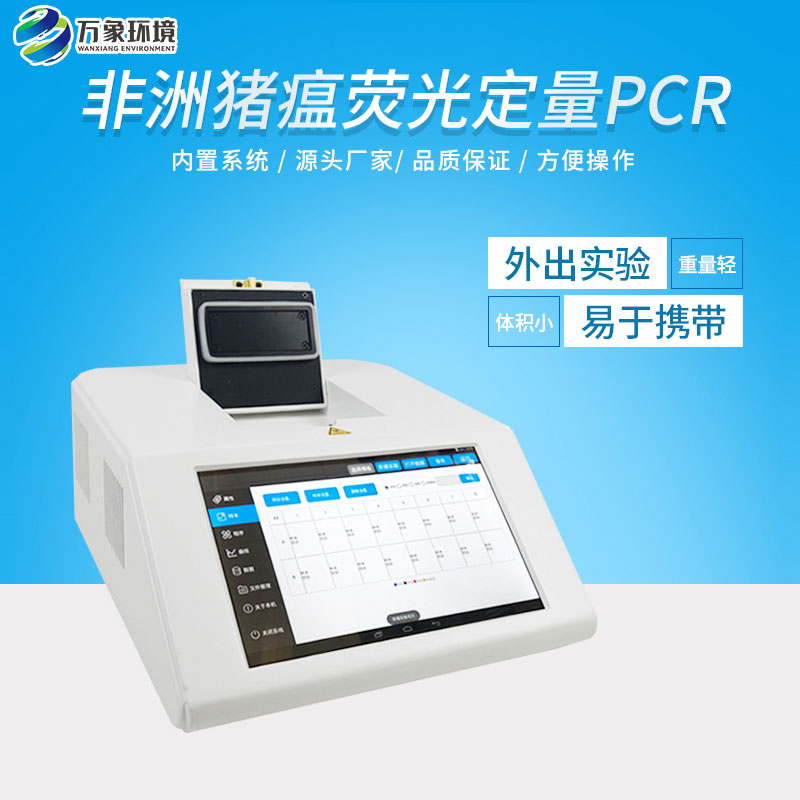


 Home
Home phone
phone Product Overview
Product Overview Contact Us
Contact Us